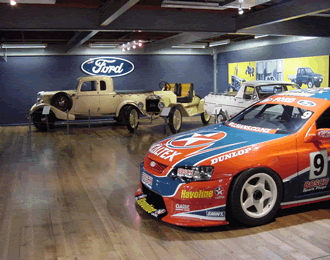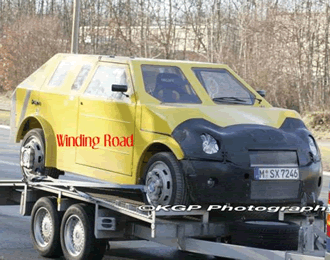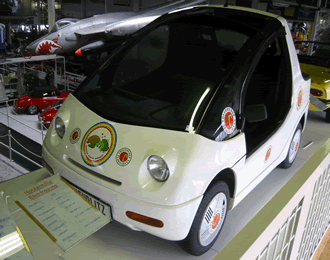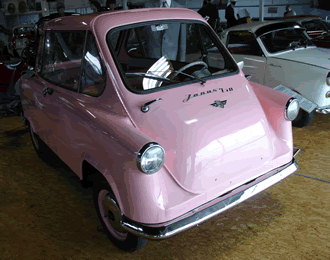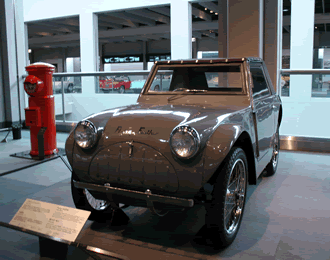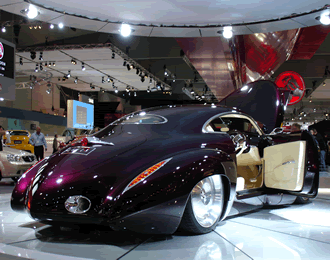
Back in the 1950’s Holden produced the FJ Holden which has gone on to become one of Australia’s iconic classic cars. So what better car to base a show car off some 50 years later than to create a new interpretation of the vehicle using many of the classic and loved design cues. Using a Chevrolet Corvette underbody, a 5.2 metre radical custom coupe was produced boasting a thumping 480-kilowatt, supercharged six-litre V8 engine under the bonnet and every imaginable gizmo and gadget including LCD and LED technology, all packaged with magnificence retro styling. The paintwork was breathtaking with a rich dark purple called Soprano Purple highlighted by chrome badging and features. The car has since toured the world and been the toast of many auto shows and won quiet a few prestigious awards from Hot Rod magazines and other media.

